
It takes great courage to be the first. Thousands gather at the water’s edge and stare longingly. They say the grass is greener on the other side, but separating you from that grass is the mighty Mara River – fast flowing water, infested with crocodile and hippo, jagged rocks and impending doom. But, make it through to the other side, and you are one step closer to fulfilling your destiny.

After a month or so of little river action, it seems they are back – and in huge numbers. Dotted across the plains, heads down feasting on grass, it seems as if we are about to start with Round Two of the '2020 Great Migration'.
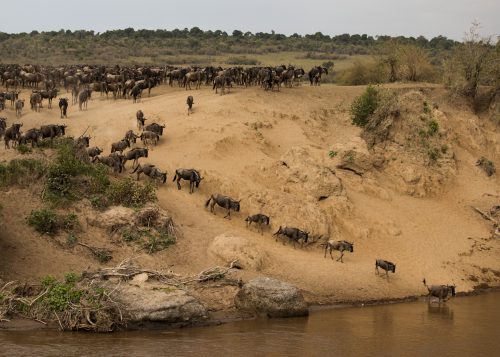

Presumably, it was the rain in the Serengeti which made them head south in mid-August, and then rain again in the Mara which forced them to turn back and march northwards. Whatever the reason, we are ecstatic and hope that this second wave lasts well into October and perhaps beyond.
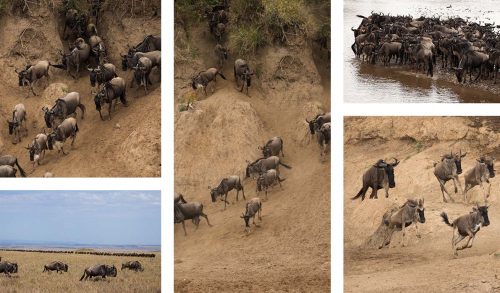
I never tire of waiting and watching for the herds to pluck up the courage to take the leap and to cross. This week, I have seen a few of the smaller crossings, and have drooled at the multiple videos circulating throughout our guides' Whatsapp chat group. Hundreds of thousands of wildebeest are crossing from the Greater Reserve into the Mara Triangle.
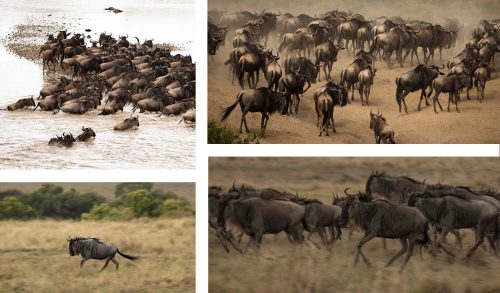
There is no doubt that the migration of 2020 will be remembered as an unusual one, ebbing and flowing in numbers. Big crossings without the high number of vehicles that normally accompany this spectacle. For those who have managed to make the trip out here into the Mara during this time, I’m sure you will agree that it was worth it.
And there is still time. For those of you considering a last minute trip of a lifetime, don't delay.
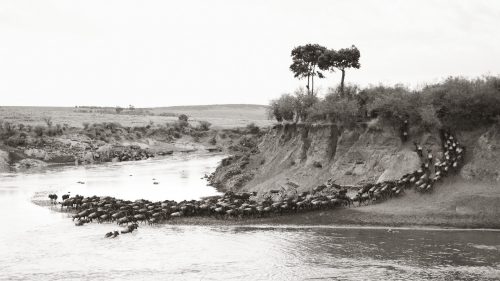
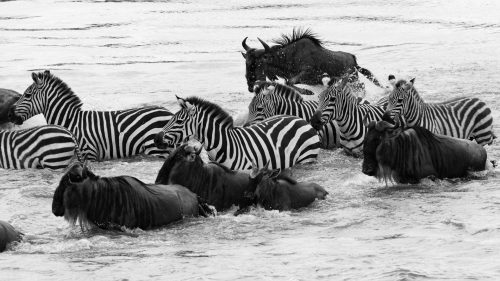

Away from the river, by the Tanzanian border, I have been spending a lot of time with the Military Pride (aka Border Pride). This group of lion continue to enjoy the seemingly never-ending supply of wildebeest food; whilst also enjoying each other’s company.
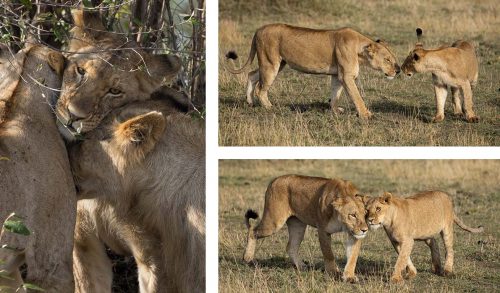
Further north in The Triangle, food is not so easy to get a paw on. It is for this reason that the Angama Pride often move out of the protected areas and into the neighbouring community land. The inevitable conflict ensues and tension builds.
It was largely for this reason that the Angama Foundation funded a collar to be fitted on a lead lioness. Working together with the Mara Predator Conservation Programme, we managed to dart and collar a seven-year-old female earlier this week.
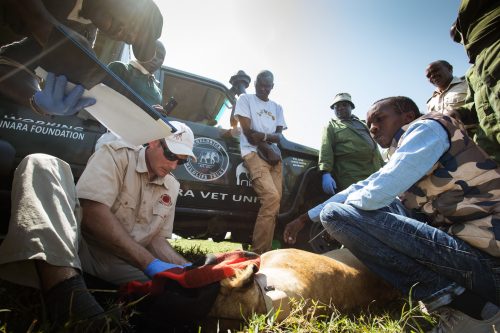
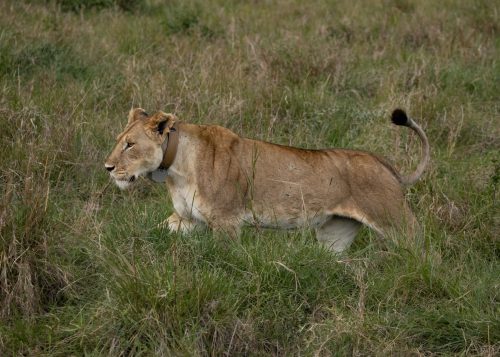
If all goes to plan, for the next two years this collar will provide researchers with near real-time geo-spatial information and allow us a better understanding into the life of a lion pride living on the edge of a protected area. More information on this collaring will follow in due course.
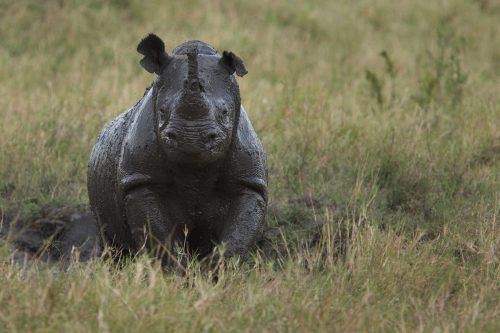
I take great joy in exploring the lesser traversed parts of the Maasai Mara. One year ago, whilst on one of these ‘discovery-drives’ I came across the most comical of black rhinos, completely caked in mud, and enjoying a part of the area far away from the traditional rhino hotspots.
Filed under: This Week at Angama
Subscribe for Weekly Stories
Comments (1):
25 September 2020
I saw crossings in the Triangle in August 2017 and it was not unusual to see the vehicle count approach 100. Guides would drive like mad men to get their guests to the best viewing spots at a crossing the location of which had just been spread by text or phone. Watching a croc take a wildebeest under the water or a pair of cheetah stalking and then taking down a wildebeest can be very unsettling, but our guides would always say, "That's the Cycle of Life in the Mara".
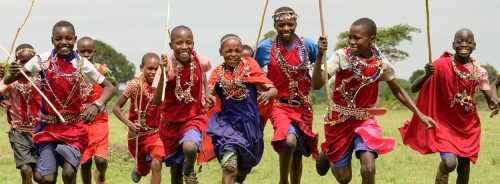
The Angama Foundation